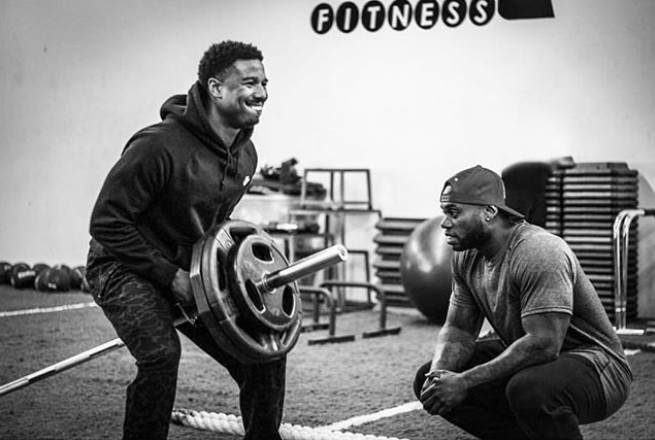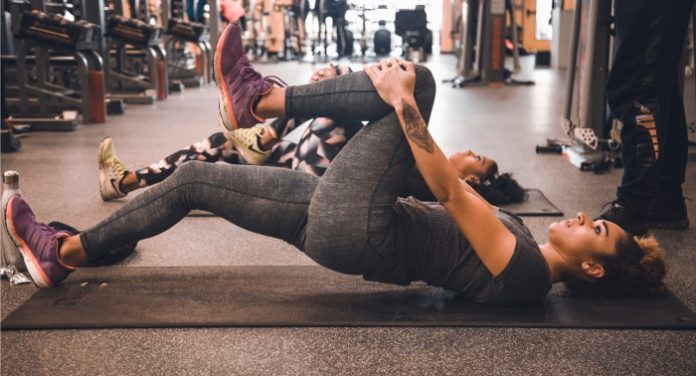While there will be some sports injuries that might be undeniable, there might be other medical complaints that will become progressively worse. As a result, you might be unsure whether to seek medical attention regarding a potential sports injury or if you would be better to simply shake off the symptoms.
However, ignoring the warning signs of a minor or major sports injury might only exacerbate a problem. Don’t take any chances and read the eight early signs of a sports injury.
Tingling or Numbness
Avoid physical activity if you are experiencing numbness or tingling, as the feelings could be related to nerve compression. In fact, it is often one of the biggest signs of a serious injury, which is why you must never ignore it.
A Deep Cut
It is common for both amateur and professional athletes to experience all sorts of cuts and scrapes, as they might fall down or collide with another person or object. However, there are some deep cuts that should not be neglected, as they could become infected or might not heal effectively.
While a bandage or antibiotic might suffice, a cut might require stitches. You may be unsure as to how to know if you need stitches. You must seek medical attention for a laceration if you can see muscle, bone, a tendon, or fatty tissue. You will also need stitches if you were cut by a person or animal, are experiencing excessive bleeding, or if you have a facial laceration.
Joint Pain
Joint pain could be a symptom of a damaged or injured joint. If the pain does not disappear within six weeks, it could be a sign of a more serious issue. For example, you might experience point tenderness in joints that are not covered by thick muscles, such as an ankle, elbow, wrist, or knee. As a result, you might feel great pain when pressing down on the area. If it hurts, book an appointment with your physician.
Swelling
Swelling is a common symptom when suffering from one of many sports injuries. However, not all inflammation is easy to recognize. It is likely you will experience tightness, pain, or stiffness if you are suffering from swelling in a joint, and you may even feel a clicking or grinding sensation.
A Limited Range of Movement
If you do not experience pain or swelling, you might not realize you have sustained a sports injury. As a result, you might be tempted to workout, which could lead to further damage.
That’s why you must check if you have a full range of movement following an accident, so you are confident you have not injured your muscles or joints. If you are unsure whether you have an injury, compare a joint to the opposite side of your body to identify if only one limb has reduced motion.
Tenderness
If you feel tenderness when pressing your finger onto an area, it could be a sign of a sports injury. You will more than likely need to seek medical attention if the tenderness is located near the muscle, joint, and bone. Press the same area on both sides of your body to test for tenderness, which could indicate if something is wrong.
Muscle Weakness
Never exercise when experiencing muscle weakness, as this could lead to further injuries that could be detrimental to your performance. If you feel weak when moving a muscle or limb, you must not ignore the fatigue, as it could be a sign of a torn muscle or tendon, which could lead to a lack of strength. Consult a specialist as soon as possible, who can diagnose the extent of your sports injury.
Joint Instability
If a joint is feeling increasingly unstable following pain, this might be a sign of a serious ligament complaint. For example, if your knee feels unstable when climbing stairs, walking or running, you must consult a physician to identify if you have a torn ligament. The sooner you spot the warning signs and seek medical help, the less damage you will cause to your ligament. However, if you allow the problem to persist, it could result in irreversible damage.
Until you have made a full recovery, you must limit physical activity and follow your doctor’s orders until you are given the all clear. You should also identify the potential cause of the torn ligament, which could be improper training techniques, low-quality equipment, or too much exercise. This will prevent you from making a similar mistake in the future.
Main Image by Justyn Warner
Readers Might Also Like:
 9 Life Hacks To Gain From Starting A Yoga Practice
9 Life Hacks To Gain From Starting A Yoga Practice
Cardio vs. Weight-lifting: Best Way To Get In Shape & Stay In Shape
 “Black Panther” Head Trainer Corey Calliet Shares His Top Fitness Tips
“Black Panther” Head Trainer Corey Calliet Shares His Top Fitness Tips

